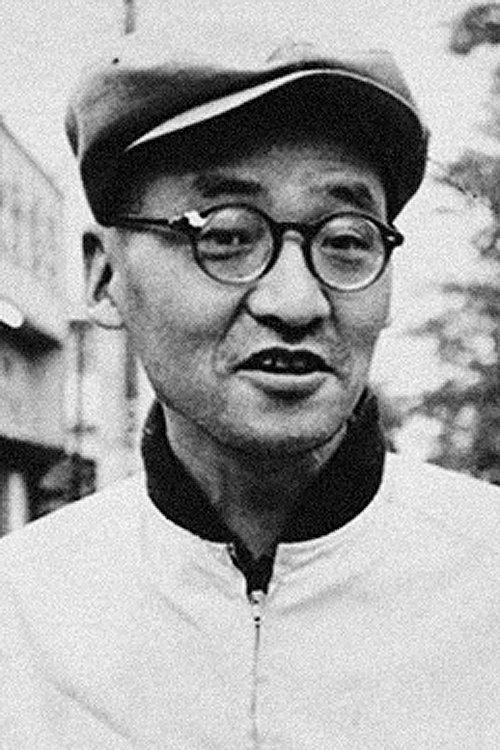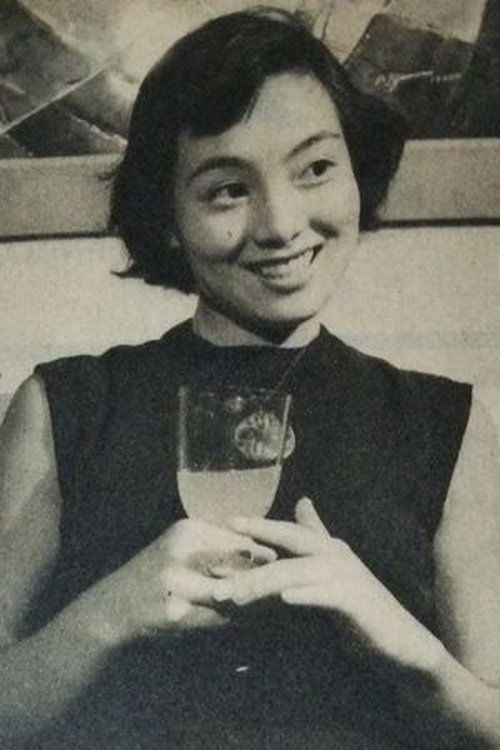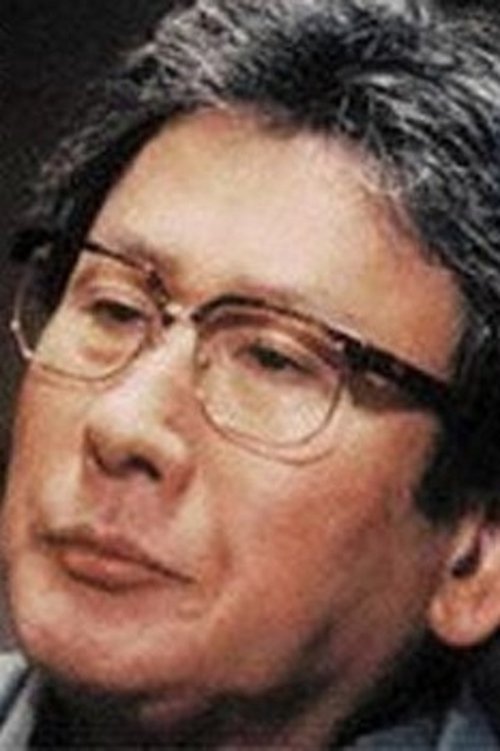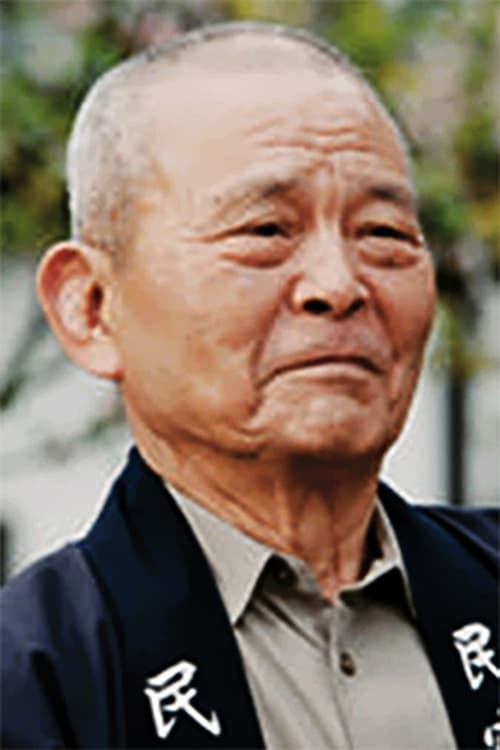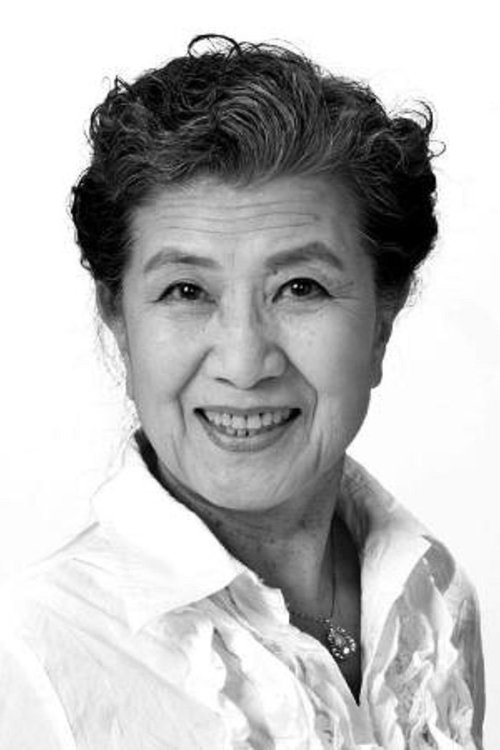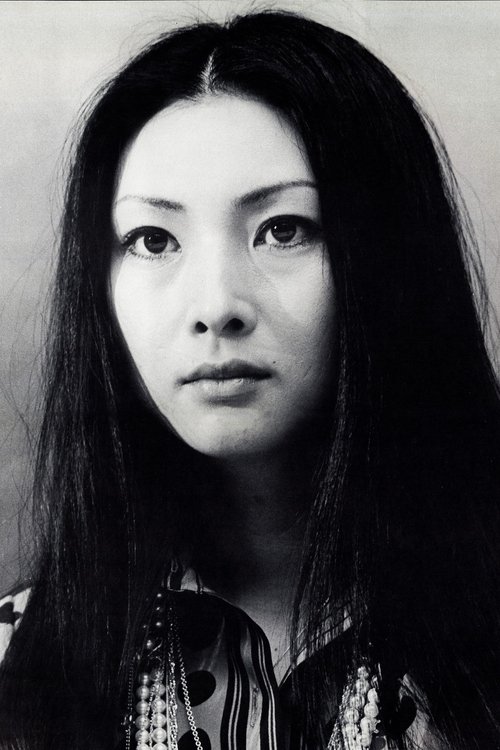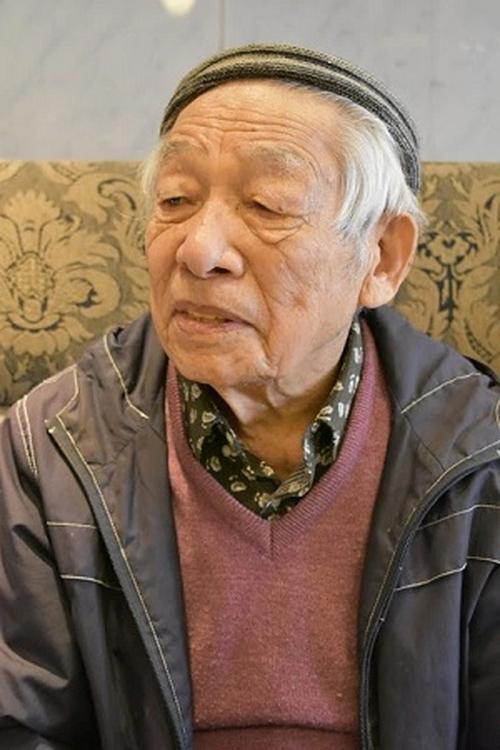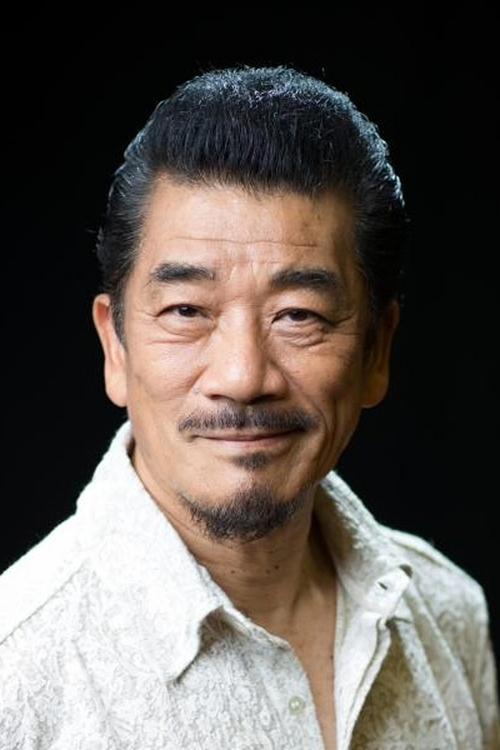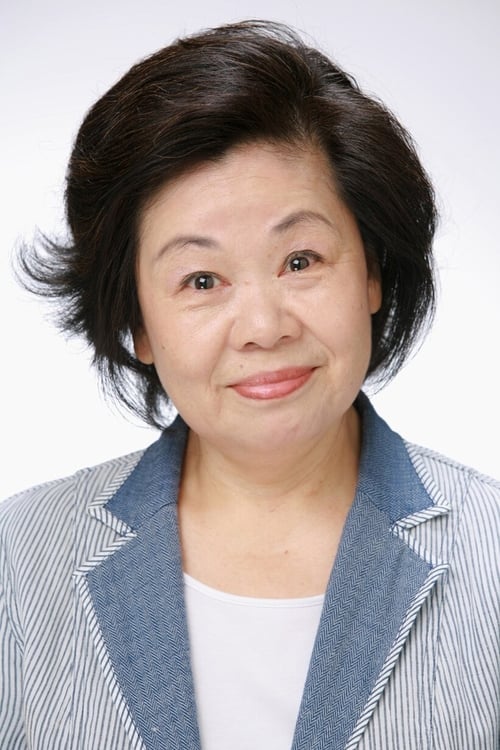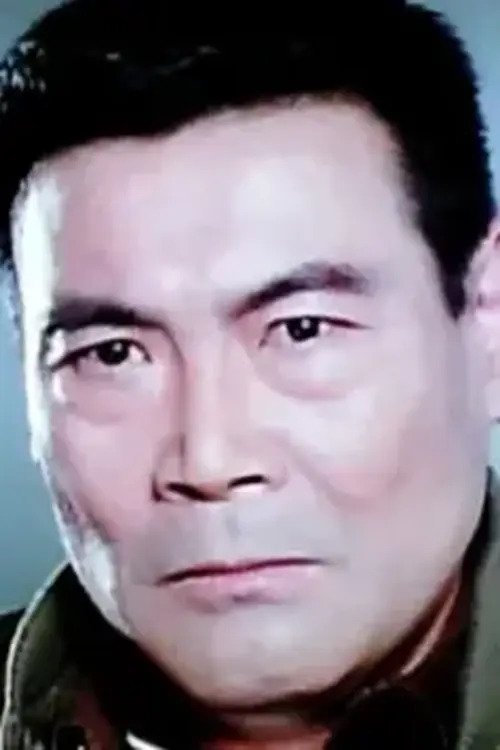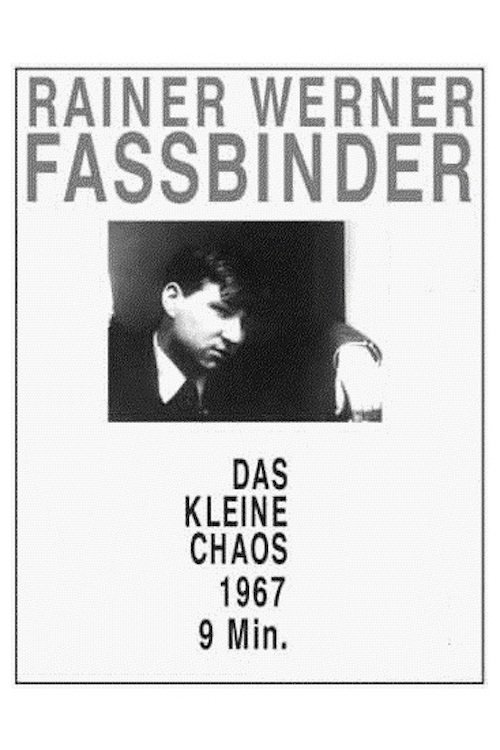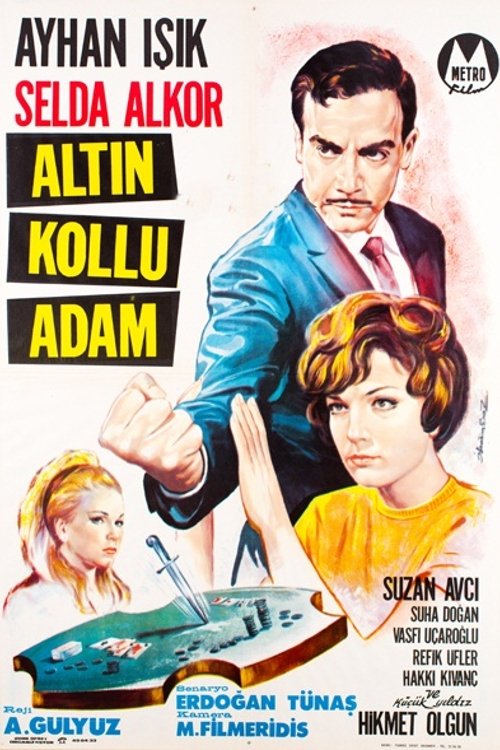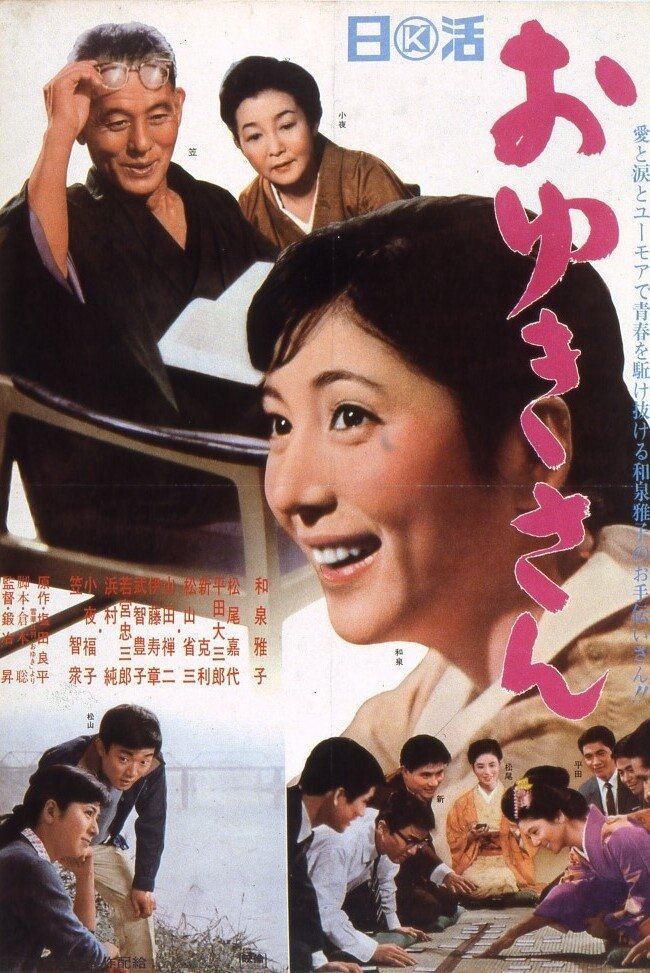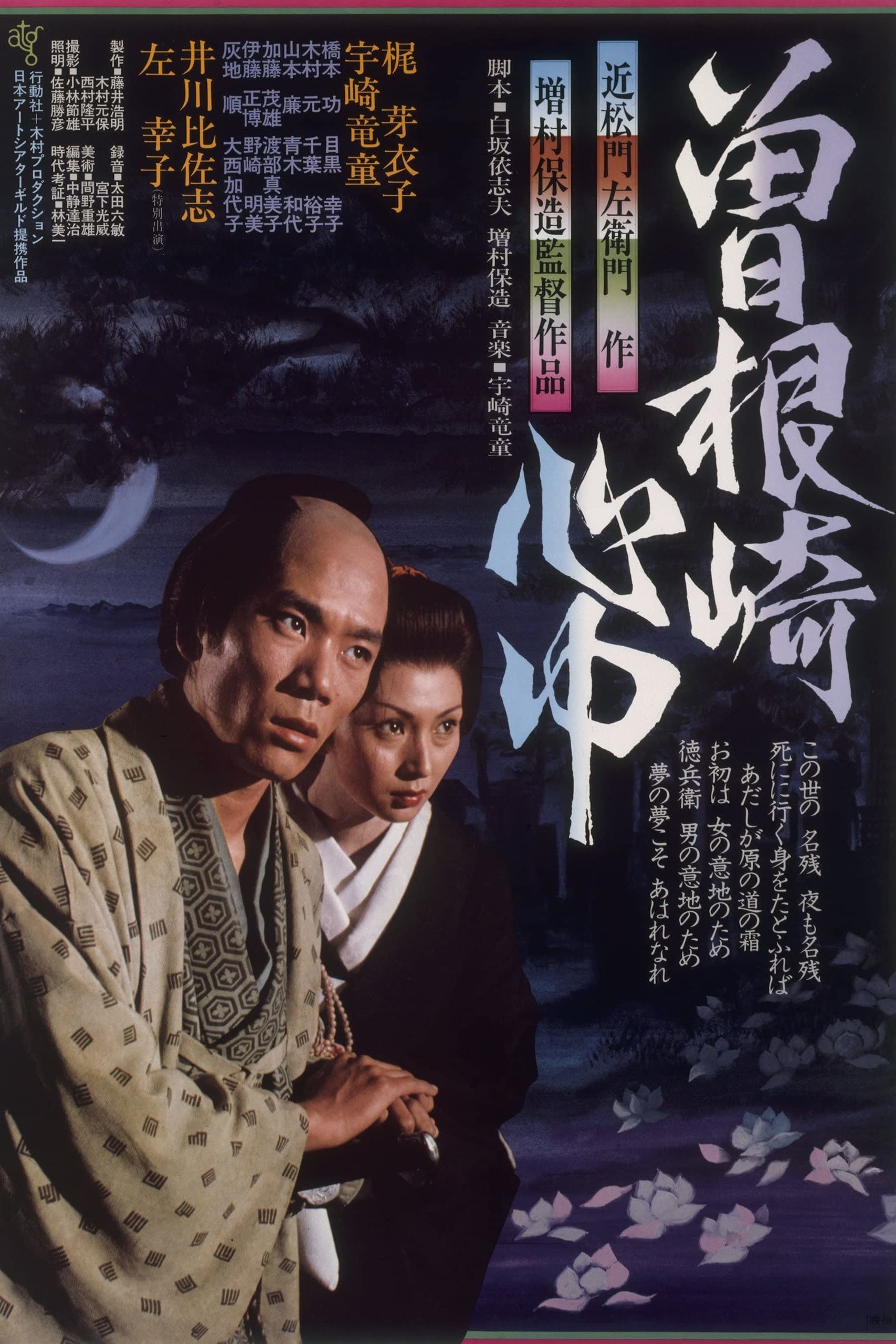
Double Suicide of Sonezaki
Suicide has long been used as a form of social protest in Japan. In this film, set in 1703, samurai culture is being transformed by the emergence of a new merchant class. Elements of the social contract are beginning to unravel, and some unscrupulous people took undue advantage of these changes before the social order was re-created. In this story, a rich merchant gives his clerk an I.O.U. instead of wages. When the impoverished clerk presents the paper to the merchant at the agreed upon time asking for payment, the man flies into a rage and pretends he never wrote it and claims the clerk is trying to defraud him. Then he sets his henchmen on the clerk to administer a beating.
1-Month Subscription
71 thousand Toman
۲۰٪ discount
59 thousand Toman
31 day
3-Month Subscription
215 thousand Toman
۲۰٪ discount
179 thousand Toman
90 day
POPULAR CHOICE
6-Month Subscription
407 thousand Toman
۲۰٪ discount
339 thousand Toman
180 day
1-Year Subscription
719 thousand Toman
۲۰٪ discount
599 thousand Toman
365 day
No trailer available.
The Love Suicides at Sonezaki is a jōruri play by the Japanese playwright Chikamatsu Monzaemon. The double suicides that occurred on May 22, 1703, inspired Chikamatsu to write this play and thus The Love Suicides at Sonezaki made its debut performance on June 20, 1703. Chikamatsu added new scenes in the 1717 revival including the villain's punishment. The Love Suicides at Sonezaki's reception was popular and helped springboard Chikamatsu's future success as a playwright. In the first year alone since the play's premiere, no less than seventeen couples committed double suicide. In fact, the bakufu banned Chikamatsu's shinjū plays in 1722 because of their content's popularity. The Love Suicides at Sonezaki was Chikamatsu's first "domestic tragedy" or "domestic play" (sewamono) and his first love-suicide play (shinjūmono). Until this play, the common topic for jōruri was jidaimono or "history plays" while kabuki performances showed domestic plays. The Love Suicides at Sonezaki separates into three scenes, staged over a day and a night. The two central characters are an orphaned oil clerk named Tokubei and Ohatsu, the courtesan he loves. There is a beginning scene that shows Ohatsu going on a pilgrimage that performances and translations often leave out. This play also includes a religious aspect involving Confucianism and Buddhism.
